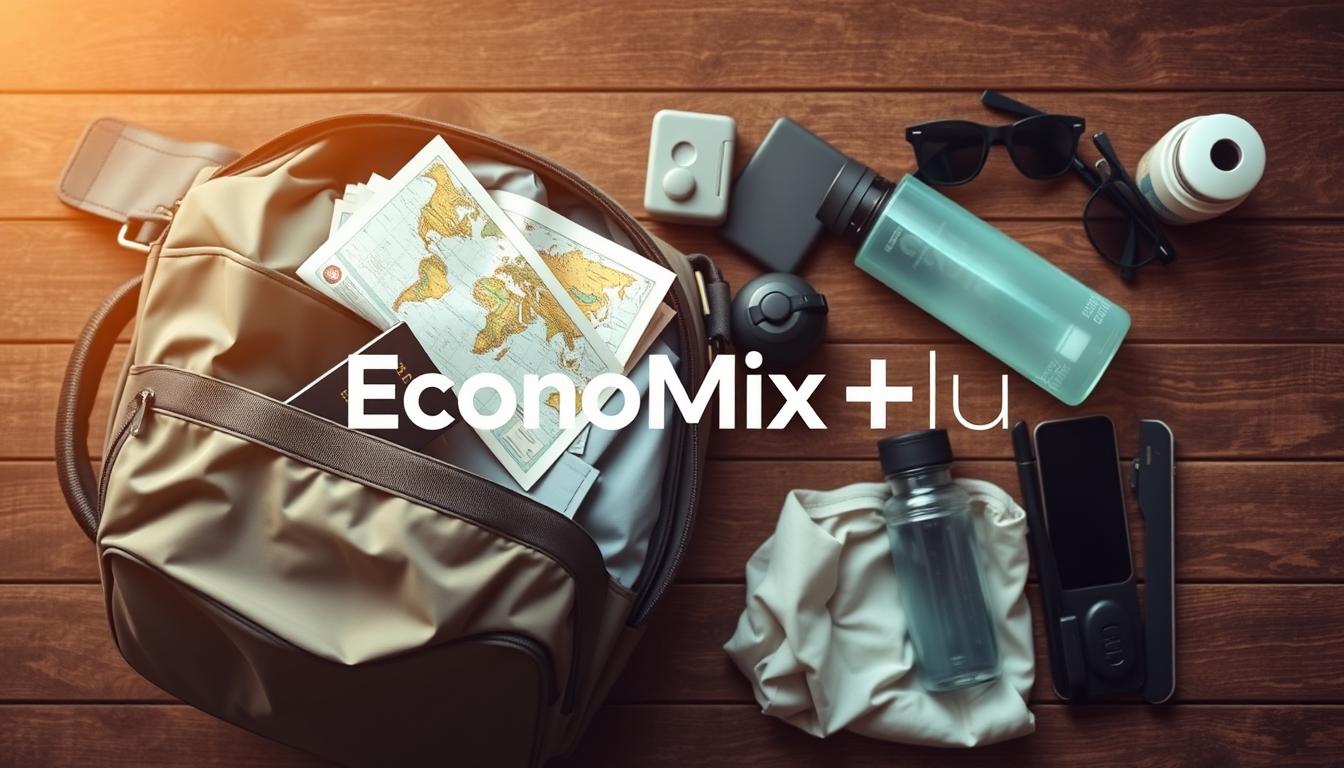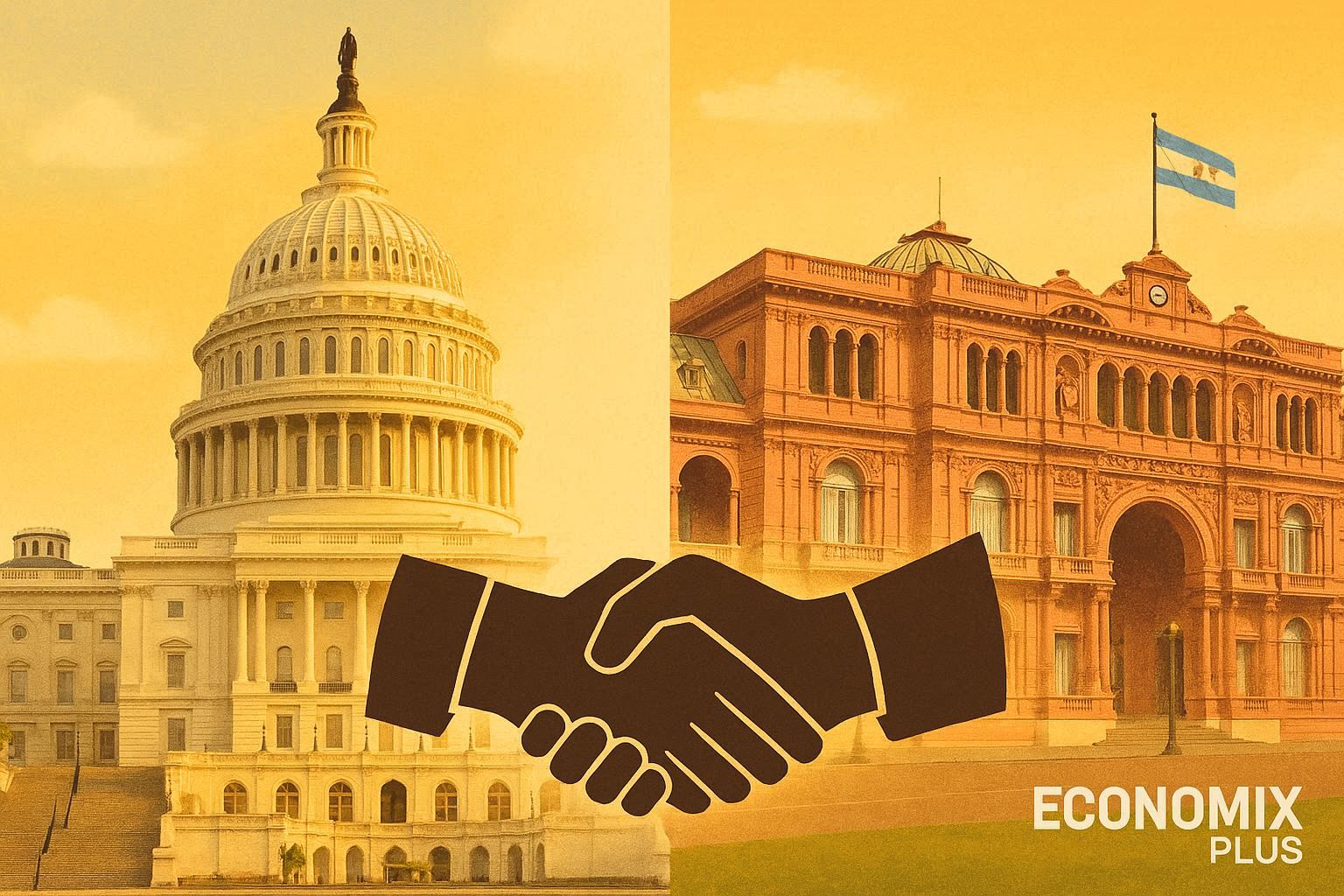Traveling abroad can be a costly endeavor, but it doesn’t have to break the bank. With rising travel demand, hotel and airline costs are increasing, making it challenging for travelers to stick to their budgets.
However, with the right strategies, you can significantly reduce your trip expenses without sacrificing the quality of your experience. By planning strategically, timing your trip appropriately, and leveraging various travel tools, you can enjoy an authentic and memorable vacation while keeping your costs in check.
Key Takeaways
- Discover how to reduce your trip expenses without compromising on experience quality.
- Learn strategic planning techniques to minimize travel costs.
- Understand how to leverage travel tools to save money.
- Explore ways to enjoy authentic experiences on a budget.
- Find out how to time your trip to save on costs.
Why Travel Costs Are Rising and How to Combat Them
With travel costs continuing to rise, it’s essential to find effective ways to stay within your budget. As you plan your trip, understanding the current travel demand and price trends can help you make informed decisions.
Current Travel Demand and Price Trends
The travel industry is experiencing a surge in demand, leading to increased prices for flights, accommodations, and activities. This trend is driven by various factors, including a growing desire for travel and limited supply in popular destinations. To navigate this challenging landscape, it’s crucial to stay informed about price trends and adjust your plans accordingly.
The Importance of Strategic Planning
Strategic planning is your most powerful tool for combating rising travel costs. By starting your research 3-6 months in advance, you can track price trends, identify optimal booking windows, and take advantage of early booking discounts. Creating a detailed travel budget before your trip helps you prioritize experiences that matter most while identifying areas where you can cut costs.
- Be flexible with your travel dates, destinations, and accommodations to open up more opportunities to save money.
- Utilize travel planning tools, price alerts, and deal notifications to automate much of the research process.
By adopting a strategic approach to planning your trip, you can enjoy memorable experiences while staying within your budget.
Plan Your Trip During Off-Peak or Shoulder Seasons
By strategically planning your trip around peak, off-peak, and shoulder seasons, you can enjoy significant savings. The key is understanding the differences between these periods and how they impact your travel expenses.
Cost Differences Between Peak and Off-Peak Travel
Traveling during peak season often comes with a hefty price tag due to high demand for accommodations, flights, and tourist attractions. In contrast, off-peak travel can offer substantial discounts, but it may also mean dealing with unfavorable weather or closed attractions. The cost difference between peak and off-peak travel can be as much as 20-30% on accommodations alone.
Benefits of Shoulder Season Travel
Shoulder season travel offers the best of both worlds: lower prices and favorable conditions. During shoulder seasons, you’ll typically enjoy 20-30% lower rates on accommodations while still experiencing good weather and full access to attractions. Many destinations are more enjoyable during these periods due to fewer tourists and shorter lines at popular attractions. Additionally, restaurants and tour operators are often more willing to negotiate or offer special promotions to maintain business levels.
Popular shoulder seasons include May and September for European destinations, April-May and October-November for tropical locations, and March-April for ski destinations. By choosing to travel during these times, you can have a more authentic and budget-friendly experience.
Master the Art of Packing Light
Mastering the art of packing light is a crucial skill for travelers looking to save money on their trips. By packing efficiently, you can avoid unnecessary fees and make your travel experience more enjoyable.
Avoiding Checked Bag Fees
One of the most significant advantages of packing light is avoiding checked bag fees. Many airlines charge extra for checked luggage, and these fees can add up quickly. To avoid this, pack essentials like clothing and toiletries in your carry-on bag. Consider wearing your heaviest or bulkiest items, like coat or boots, on the plane to save space in your luggage.
By doing so, you’ll not only save money but also reduce the risk of lost or delayed luggage.
Practical Packing Strategies
So, how do you pack light? Start by bringing clothes that can be easily washed in a sink and dry quickly. Choose items that can be mixed and matched to create multiple outfits. The “10-$10 Rule” is also a helpful guideline: if an item costs less than $10 to replace at your destination and you’re not sure you’ll need it, leave it at home. This approach helps you avoid packing unnecessary things.

Additionally, consider packing a small container of laundry detergent to wash clothes as needed, and invest in quality packing cubes or compression bags to maximize space in your luggage. By implementing these strategies, you’ll be able to pack light, travel smart, and enjoy your trip without the burden of excessive luggage, making your travel experience more pleasant and allowing you to focus on enjoying your food and the place you’re visiting.
Leverage Flight Deals and Booking Strategies
Smart travelers know that leveraging flight deals is crucial for affordable adventures. To make the most of your travel budget, it’s essential to be strategic about how you book your flights.
Using Flight Search Aggregators
Flight search aggregators like Google Flights and Skyscanner allow you to compare prices across different airlines and online travel agencies. This can help you find the best deals quickly.
Flight Deal Websites and Social Media Accounts
Following flight deal websites and social media accounts can alert you to sales and promotions. Sites like The Flight Deal and Airfarewatchdog specialize in tracking and sharing discounts.
Considering Alternative Departure Airports
Expanding your search to include nearby airports can lead to significant savings. For instance, a short drive to a major hub might secure a cheaper, more direct flight. When comparing options, factor in additional costs like gas and parking fees to ensure the savings are worthwhile.
Save on Accommodations Without Sacrificing Comfort

Affordable accommodations are key to a stress-free international travel experience. You can achieve significant savings by making informed choices about where you stay.
Hotels vs. Vacation Rentals: Cost Comparison
When deciding between hotels and vacation rentals, consider the cost implications of each. Hotels often offer the convenience of amenities like pools, gyms, and restaurants, which can enhance your travel experience. On the other hand, vacation rentals provide more space and the ability to prepare your own meals, potentially saving you money on food.
For instance, a hotel might charge extra for parking or WiFi, whereas a vacation rental usually includes these amenities in the overall price. However, hotels often have loyalty programs and credit card bonuses that can offer additional value.
Maximizing Hotel Amenities
To get the most out of your hotel stay, take full advantage of the amenities provided. Start by using the hotel’s WiFi to download maps and tickets, saving on roaming fees. Ask the hotel staff for recommendations on affordable local restaurants, and utilize any shuttle services offered to reduce transportation costs.
Don’t overlook the free breakfast, which can save you $15-25 per person daily. Grab some fruit or yogurt to take with you for later. If you have hotel elite status, often available through credit cards, you can access additional perks like room upgrades and complimentary drinks.
Transportation Savings at Your Destination

Understanding your transportation options is key to having a cost-effective trip. When traveling abroad, transportation costs can significantly impact your overall expenses.
Public Transit vs. Rental Cars vs. Taxis
Choosing the right transportation method at your destination can help you save money. Public transit is often the most affordable option, with many cities offering efficient and cost-effective networks. Rental cars provide flexibility but come with rental fees, fuel costs, and potential parking charges. Taxis are convenient but can be expensive, especially for longer distances.
Consider your itinerary and the local transportation options available. For short distances, walking or cycling can be a cost-effective and healthy alternative.
Car Rental Money-Saving Strategies
If you decide to rent a car, there are several ways to save money on your trip. Utilize comparison sites like AutoSlash or Costco Travel to find the best deals. Booking a smaller vehicle can significantly reduce costs, as compact cars are often 40-60% cheaper than SUVs or premium vehicles.
Additionally, check if your credit card offers rental car insurance to avoid unnecessary insurance fees. Consider peer-to-peer car sharing services like Turo, which can offer rates 25-35% lower than traditional rental agencies. Avoid renting cars at airports to save on concession fees.
Best Ways to Save Money While Traveling Abroad: Food and Dining
Traveling abroad doesn’t have to break the bank, especially when it comes to food and dining. By making a few strategic choices, you can enjoy local cuisine without overspending.
Shopping at Local Grocery Stores
One effective way to save money on food while traveling is to shop at local grocery stores. You can pick up fresh produce, sandwiches, and snacks to enjoy in your hotel room or as a picnic in the city. This approach not only saves you money but also allows you to experience local flavors.
Packing Snacks and Portable Food
Packing snacks and portable food is another great strategy. Granola bars, yogurt cups, and fresh fruit are easy to carry and can be a lifesaver when you’re out exploring. Just be sure to check the local regulations regarding bringing food into certain attractions.
Strategic Restaurant Choices
When eating out, making strategic restaurant choices can help you save money. Consider having one “splurge” meal per day at a nicer restaurant, and opt for more economical options for your other meals. Look for restaurants that are popular with tourist locals, as they often offer better value.
| Dining Strategy | Savings |
|---|---|
| Eating at local eateries away from major tourist areas | 20-30% savings |
| Having lunch at upscale restaurants | 30-40% savings compared to dinner |
| Utilizing local dining customs like “aperitivo” in Italy | Free food with drink purchase |

Take Advantage of Credit Card Travel Benefits

Maximizing your credit card’s travel benefits is a smart way to cut costs while traveling abroad. Many credit cards offer benefits that can significantly reduce travel expenses, making your international trip more affordable.
Cards That Waive Baggage Fees
Some credit cards offer benefits like waiving baggage fees, which can save you money on every trip. By choosing a card that covers baggage fees, you can avoid paying these costs out of pocket.
Airport Lounge Access Benefits
Airport lounge access is another valuable benefit offered by many premium travel credit cards. Enjoying lounge access can enhance your travel experience, providing a more comfortable and peaceful environment before your flight.
Free Night Certificates and Travel Credits
Many premium travel credit cards offer annual free night certificates at hotels, which can be worth several times the card’s annual fee when redeemed internationally. Additionally, some cards provide travel credits that can be applied to airline fees, hotel charges, or other travel expenses.
By strategically using these benefits for international travel, you can receive substantial value from your credit card, often between $500-1,000 in annual value, far exceeding the card’s annual fee.
Explore Free and Low-Cost Tourist Attractions
Traveling on a budget is easier when you know where to find free and affordable attractions. Even in notoriously expensive destinations like San Francisco or New York City, there are numerous options to save money without missing out on the experience.

Researching Free City Activities
Before you visit a new city, research the available free activities. Many cities offer free walking tours, though it’s customary to tip your guide. You can also look for free attractions like panoramic views from observation towers or watch fireworks displays at local resorts. For instance, at Walt Disney World, you can ride the monorail or watch fireworks from the beach at Disney’s Polynesian Village Resort. Check out resources like travel guides to plan your trip.
Taking Advantage of Museum Free Days
Many world-class museums offer designated free days or evenings each month. Planning your itinerary around these free admission days can save a family of four $60-100 per museum. Additionally, some museums offer discounted or free admission during specific hours, typically early mornings or late afternoons. Consider purchasing a city museum pass or tourist card for further savings. By taking advantage of these offers, you can enjoy cultural treasures while managing your time and budget effectively.
Avoid Common Tourist Traps and Price Markups
One of the best ways to save money on your trip is to avoid common tourist traps. When you’re in a new city or place, it’s tempting to visit popular spots, but these areas often come with inflated prices.

Identifying Tourist Tax and Overpriced Areas
Many city attractions and restaurants have a “tourist tax” that can significantly increase your expenses. To avoid this, research your destination beforehand to identify areas that are known to be overpriced. Look for reviews and travel blogs that highlight local favorites and hidden gems that are off the beaten path.
| Overpriced Areas | Local Alternatives |
|---|---|
| Tourist district restaurants | Local eateries near your home or accommodation |
| Popular tourist attractions | Museums or galleries on free days |
Getting Recommendations from Locals
Locals are a valuable resource when it comes to finding the best places to visit without breaking the bank. Hotel staff, Airbnb hosts, and tour guides can recommend neighborhood restaurants and shops where locals actually eat and shop, typically 30-50% cheaper than establishments catering primarily to tourists.
- Engage with locals to discover authentic experiences.
- Use digital platforms like Reddit or local Facebook groups for insights.
- Ask hotel staff or tour guides for recommendations.
By taking these steps, you can enjoy your trip without overspending, finding a way save money while still experiencing the essence of the city or place you’re visiting.
Smart Souvenir Shopping Strategies

As you explore new places, consider savvy strategies for souvenir shopping to make the most of your trip. Souvenirs are a great way to remember your travels, but they can also be a significant expense if not approached thoughtfully.
Alternatives to Traditional Souvenirs
Instead of buying typical tourist souvenirs, look for unique, locally-made items that reflect the culture and craftsmanship of the area you’re visiting. Consider local artisans’ work, such as handmade jewelry, textiles, or pottery, which can be both meaningful souvenirs and a way to support the local community.
Opting for experiences or consumable goods can also be a great alternative. For instance, purchasing local foods, wines, or spices not only gives you a tangible memory but also allows you to enjoy your souvenir.
Where to Find Authentic Items at Better Prices
Local markets and neighborhood shops often offer authentic souvenirs at significantly lower prices than tourist-area gift shops. To save money, venture away from main tourist districts to places where locals shop, such as neighborhood craft markets or artisan workshops.
Many countries have government-certified craft shops that ensure authenticity while offering fair prices. Timing your souvenir shopping can also lead to better deals—shopping early allows for price comparison, and end-of-season sales might offer significant discounts.
By adopting these smart souvenir shopping strategies, you can enjoy your vacation while being mindful of your expenses on the road. Look for deals and bonus items, and consider purchasing directly from producers at wholesale prices, especially for local specialties like ceramics or textiles.
Conclusion: Enjoying International Travel Without Breaking the Bank
As you plan your next international trip, remember that saving money doesn’t have to mean sacrificing the quality of your travel experiences. By implementing the money-saving strategies discussed throughout this guide, you can significantly reduce your travel costs without compromising on the experiences that matter most to you.
International travel doesn’t have to drain your savings. By planning your trips during shoulder seasons, leveraging credit card travel benefits, and making smart choices about accommodations and meals, you can cut your travel expenses by 30-50%. This approach to travel is about being strategic with your spending, allowing you to allocate your budget to what truly enhances your travel experience.
The money you save can be used to extend your current trip, fund future adventures, or simply provide peace of mind. With thoughtful planning and the right strategies, you can enjoy enriching international travel experiences that align with your financial goals and create lasting memories. Start applying these tips to your next trip and discover the difference it makes in making your travel experiences both memorable and budget-friendly.














